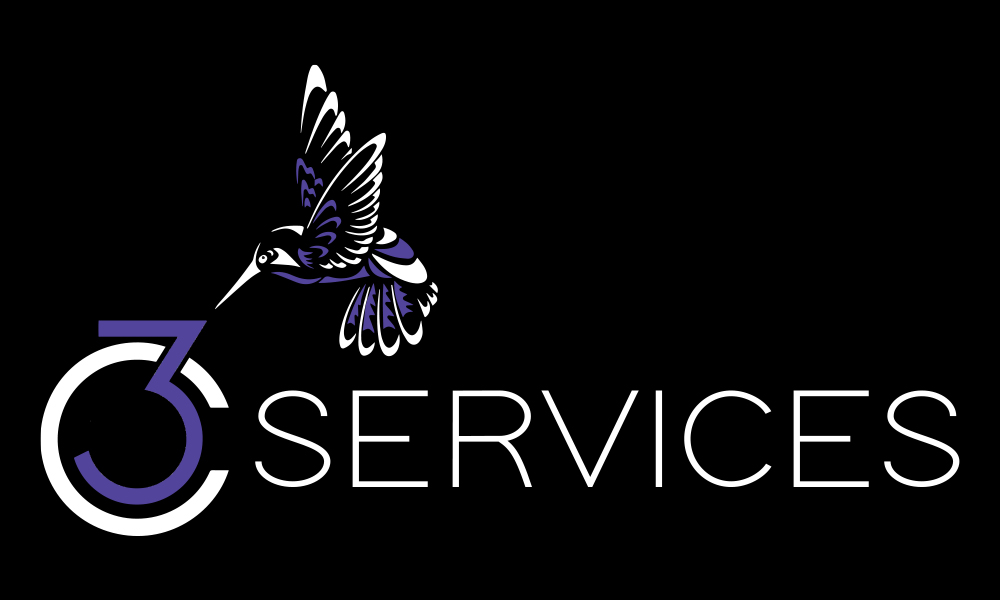What is cloud based technology
The first sense of cloud services covers a wide range of resources that a service provider delivers to customers via the internet, which, in this context, has broadly become known as the cloud.
The second sense of cloud services involves professional services that enable customers to deploy the various types of cloud services. Consulting firms, systems integrators, and other channel partners may offer such services to help their clients adopt cloud-based technology.
Characteristics of cloud services include self-provisioning and elasticity; that is, customers can provision services on an on-demand basis and shut them down when no longer necessary. In addition, customers typically subscribe to cloud services, under a monthly billing arrangement. for example, rather than pay for software licenses and supporting server and network infrastructure upfront. In many transactions, this approach makes a cloud-based technology an operational expense, rather than a capital expense. From a management standpoint, cloud-based technology lets organizations access software, storage, computing, and other IT infrastructure elements without the burden of maintaining and upgrading them.
The usage of cloud services has become closely associated with common cloud offerings, such as software as a service (SaaS), platform as a service (PaaS), and infrastructure as a service (IaaS).
Software as a Service (SaaS)
The most widely recognized type of cloud service is known as software as a service or SaaS. This broad category encompasses a variety of services, such as file storage and backup, web-based email, and project management tools.
Examples of SaaS cloud service providers include Dropbox, G Suite, Microsoft Office 365, and Slack. In each of these applications, users can access, share, store, and secure information in “the cloud.”
Infrastructure as a Service (IaaS)
Infrastructure as a service, or IaaS, provides the infrastructure that many cloud service providers need to manage SaaS tools—but don’t want to maintain themselves. It serves as the complete data center framework, eliminating the need for resource-intensive, on-site installations.
Examples of IaaS are Amazon Web Services (AWS), Microsoft Azure, and Google Compute Engine. These providers maintain all storage servers and networking hardware, and may also offer load balancing, application firewalls, and more.
Platform as a Service (PaaS)
The cloud service model known as platform as a service, or PaaS, serves as a web-based environment where developers can build cloud apps. PaaS provides a database, operating system, and programming language that organizations can use to develop cloud-based software, without having to maintain the underlying elements.
True Benefits of Cloud Services
Lower Costs
Many cloud services are provided on a monthly or annual subscription basis, eliminating the need to pay for on-premises software licenses. This allows organizations to access software, storage, and other services without having to invest in the underlying infrastructure or handle maintenance and upgrades.
We Make the Cloud Easy
Hundreds of cloud products from the industry’s leading vendors, along with expertise, guidance, and insights. In conclusion, as businesses continue to transition to the cloud, it is paramount that they take proactive steps to ensure the security of their data. Companies must continuously educate themselves about the latest threats, adapt their strategies as necessary, and work closely with their cloud service providers to maintain a secure cloud environment. We can’t wait to hear from you!
Schedule time with us – you’ll be glad you did
Charting your path to modernisation and the cloud
You may feel pressure from all fronts to make a quick, decisive move. But ultimately you probably want to make the best decision, not just the quick one.
So slow down, pick your spots, and start taking advantage of the cloud technologies with the potential to make the greatest business impact and make the move you think is best for the organization. Ultimately, you’re the expert here and you can take all the time you need.





